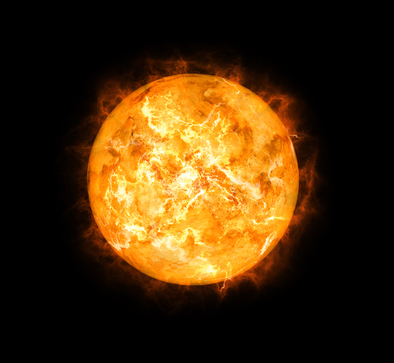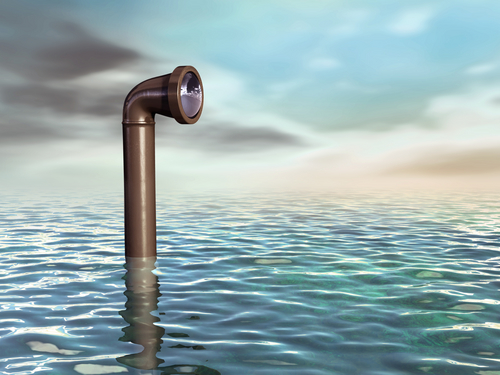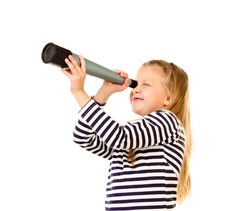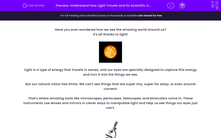Have you ever wondered how we see the amazing world around us?
It's all thanks to light!

Light is a type of energy that travels in waves, and our eyes are specially designed to capture this energy and turn it into the things we see.
But our natural vision has limits. We can't see things that are super tiny, super far away, or even around corners!
That's where amazing tools like microscopes, periscopes, telescopes, and binoculars come in. These instruments use lenses and mirrors in clever ways to manipulate light and help us see things our eyes just can't.

Microscopes make tiny objects appear much larger, letting us explore the world of cells and super small creatures.

Periscopes use mirrors to bend light, allowing us to see over obstacles like walls or crowds. Here, one is being used to help a submarine's crew to see what is going on above the surface of the water!
This is how a periscope works!

Telescopes collect huge amounts of light from faraway stars and planets, giving us a glimpse into deep space!

Binoculars use two telescopes together to magnify distant objects, making them appear closer and clearer.

For all of these tools, light shines into the scope and then by using different lenses to make things appear closer or further away, or using mirrors to reflect the light (in the case of a periscope), the image from the light is brought closer to our eyes so that we can see something that we might not ordinarily be able to!
So, the next time you look at the stars, peer into a microscope, or use binoculars to watch birds, remember that you're using the power of light and some pretty cool science to see the world in a whole new way!








